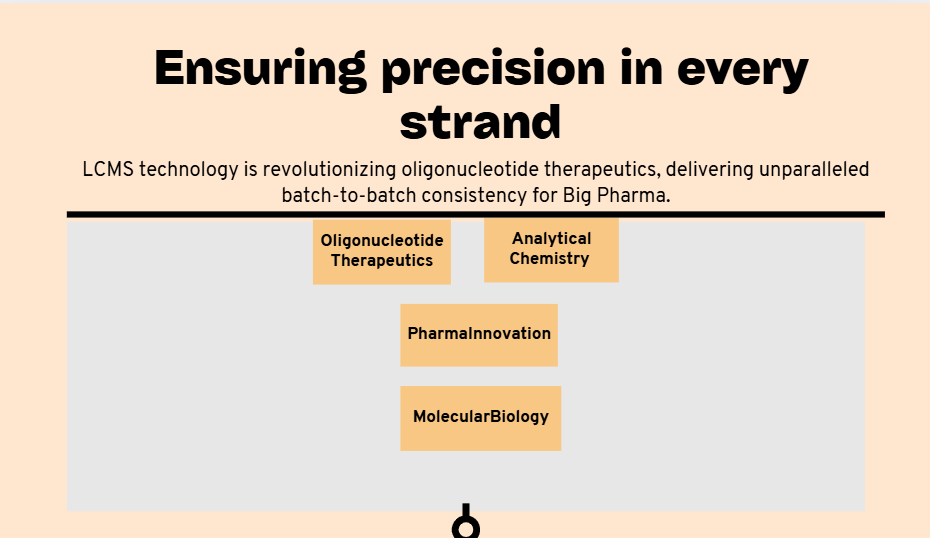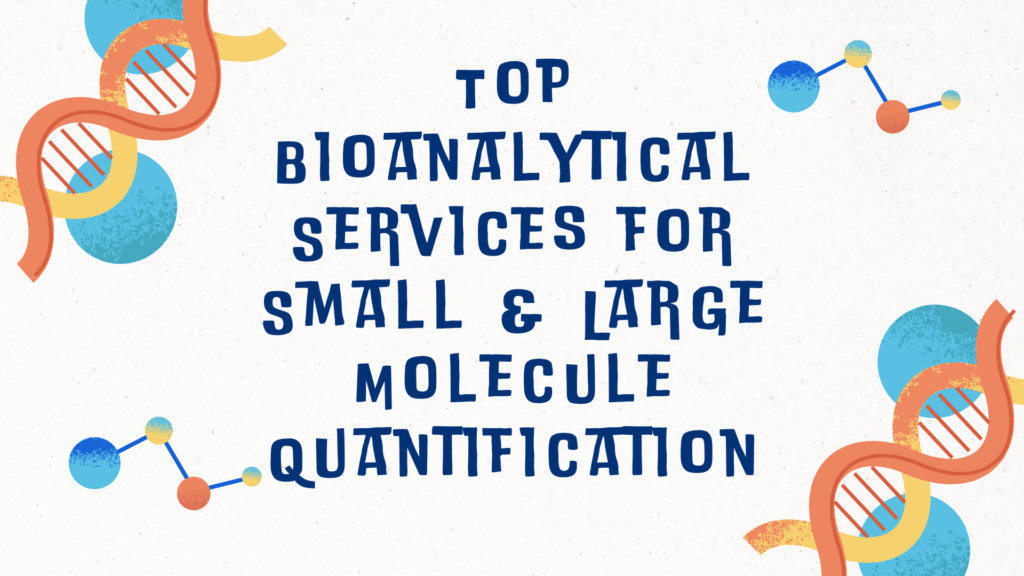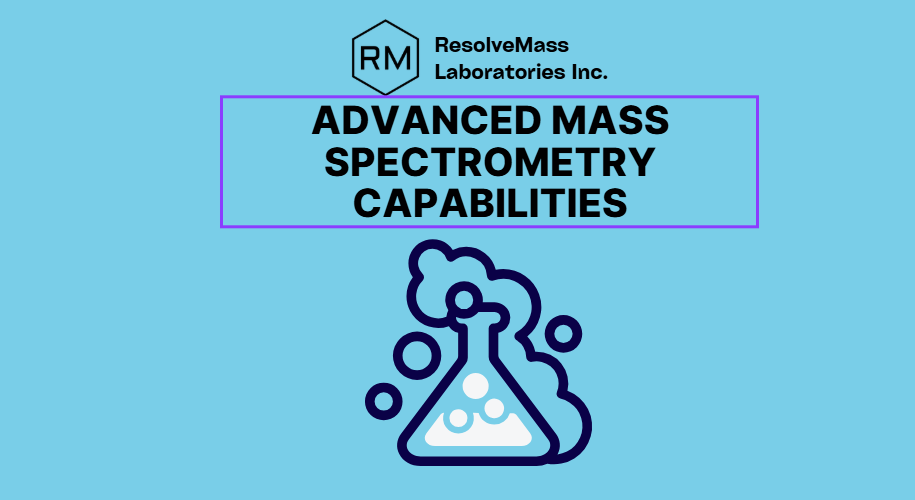
Oligonucleotide therapeutics have emerged as a groundbreaking class of drugs, addressing a wide range of diseases from genetic disorders to cancer. Ensuring consistency, purity, and safety in these therapeutics is paramount for regulatory approval and patient safety. Liquid Chromatography-Mass Spectrometry (LCMS) has become the gold standard for analyzing oligonucleotides, offering unparalleled accuracy in batch-to-batch consistency.
This blog explores how LCMS is revolutionizing oligonucleotide analysis, ensuring quality control in big pharmaceutical companies, and why this technology is essential for therapeutic success.
Understanding Oligonucleotide Therapeutics
Oligonucleotide therapeutics, including antisense oligonucleotides (ASOs), small interfering RNAs (siRNAs), and aptamers, are short DNA or RNA molecules designed to target specific genetic sequences. They function by modulating gene expression, making them ideal for personalized medicine.
Key Applications:
- Genetic Disorders: Treating diseases like spinal muscular atrophy (SMA)
- Oncology: Targeting oncogenes in various cancers
- Infectious Diseases: Combating viral pathogens
However, due to their complex synthesis, maintaining consistency in molecular structure and purity is a significant challenge.
The Role of LCMS in Oligonucleotide Analysis
Liquid Chromatography-Mass Spectrometry (LCMS) combines the separation capabilities of liquid chromatography with the identification power of mass spectrometry. It is ideal for detecting subtle molecular changes, impurities, and sequence modifications in oligonucleotides.
Key Functions:
- Mass Verification: Ensures the correct molecular weight
- Purity Analysis: Identifies and quantifies impurities
- Sequence Confirmation: Verifies nucleotide sequence accuracy
- Post-Translational Modifications (PTMs): Detects phosphorylation and methylation
According to research, LCMS offers unmatched sensitivity for characterizing large biomolecules, making it indispensable for oligonucleotide quality control (DOI: 10.1021/acs.analchem.0c04900).
Ensuring Batch-to-Batch Consistency in Big Pharma
Batch-to-batch consistency is crucial to maintain drug efficacy and safety. LCMS offers comprehensive data that helps pharmaceutical companies detect even minor batch variations.
Key Parameters Monitored:
- Retention Time Stability: Ensures uniform separation profiles
- Mass Accuracy: Confirms precise mass measurements
- Impurity Profiling: Identifies degradation products
- Quantitative Analysis: Measures concentration consistency
Studies highlight that employing LCMS in oligonucleotide manufacturing has reduced batch failures by up to 30% (DOI: 10.1016/j.jpba.2019.112784).
Challenges in LCMS Analysis of Oligonucleotides
Despite its advantages, LCMS faces specific challenges in oligonucleotide analysis.
- Ion Suppression: High salt content can interfere with ionization
- Complex Data Analysis: Requires sophisticated software for accurate interpretation
- Limited Sensitivity for Long Sequences: Decreased sensitivity with larger oligonucleotides
Solution: Advanced LCMS systems with improved resolution and nano-LCMS have mitigated many of these challenges, enhancing analytical performance.
Integration with Regulatory Standards
Regulatory bodies like the FDA emphasize stringent quality control for oligonucleotide therapeutics. LCMS supports compliance by providing precise analytical data essential for regulatory submissions.
Regulatory Expectations:
- Impurity Thresholds: Detecting impurities above 0.1%
- Structural Integrity: Verification of nucleotide sequence
- Batch Traceability: Ensuring traceable batch records
Advantages of LCMS in Big Pharma
Pharmaceutical giants rely on LCMS because of its comprehensive analytical capacity. Here are the key advantages:
- High Sensitivity: Detects low-abundance impurities
- Quantitative Accuracy: Ensures precise quantification
- Versatility: Suitable for diverse oligonucleotide types
- Automation Capability: Supports high-throughput analysis
Future of LCMS in Oligonucleotide Therapeutics
Emerging technologies promise to further enhance LCMS performance in oligonucleotide analysis.
- Artificial Intelligence (AI): Advanced data analysis for pattern recognition
- Nano-LCMS: Better sensitivity for longer sequences
- Integration with Bioinformatics: Streamlined regulatory submissions
REFERENCES
- Subash P, Kumar KS, Rao KS, Khute S. Advanced Chromatography Analytical Methods for the Isolation and Identification of Natural Drug Molecules.
- Steinmann D, Ganzera M. Recent advances on HPLC/MS in medicinal plant analysis. Journal of pharmaceutical and biomedical analysis. 2011 Jun 25;55(4):744-57.
- Hostettmann K, Marston A. Twenty years of research into medicinal plants: results and perspectives. Phytochemistry Reviews. 2002 Oct;1:275-85.
ICH Q3E Guideline for Extractables and Leachables: Complete Technical Breakdown for 2025
INTRODUCTION The ICH Q3E guideline for Extractables and Leachables provides the international standard for evaluating…
Extractables and Leachables (E&L) Testing in the USA vs. Europe: Regulatory Differences
INTRODUCTION Extractables and Leachables (E&L) Testing in the USA vs. Europe: Regulatory Differences is one…
The Role of Extractables and Leachables (E&L) in Carcinogenicity Risk
Introduction Extractables and Leachables Carcinogenicity Testing plays a vital role in protecting patients who rely…
Case Study: Forced Degradation Study of Gimeracil — Discovery and Structure Elucidation of Novel Impurities
Introduction Forced degradation studies are a cornerstone of modern pharmaceutical development, enabling scientists to intentionally…
Affordable Bioanalytical Services for Start-Up Biotech: What to Expect
INTRODUCTION Affordable bioanalytical services for start-up biotech companies provide the essential analytical support needed to…
Top Bioanalytical Services for Small & Large Molecule Quantification
Introduction Bioanalytical services for small & large molecule quantification are essential for ensuring precision, sensitivity,…







